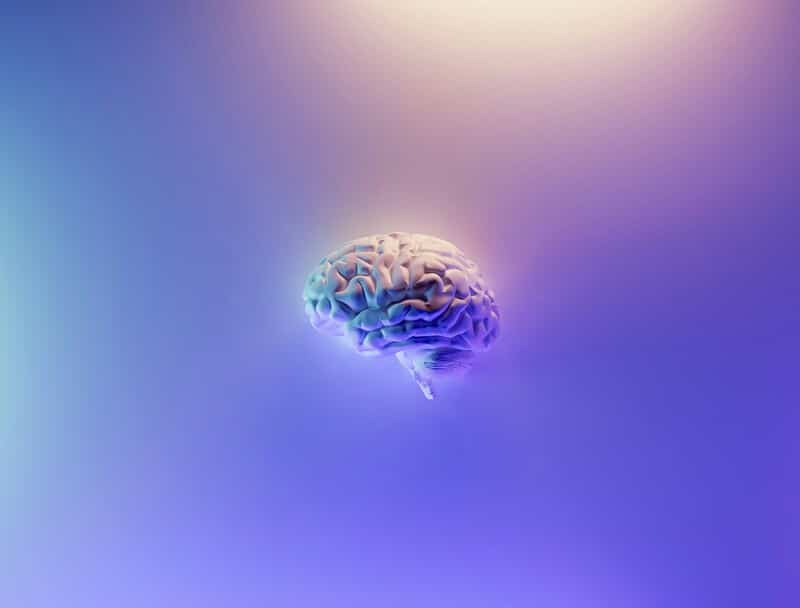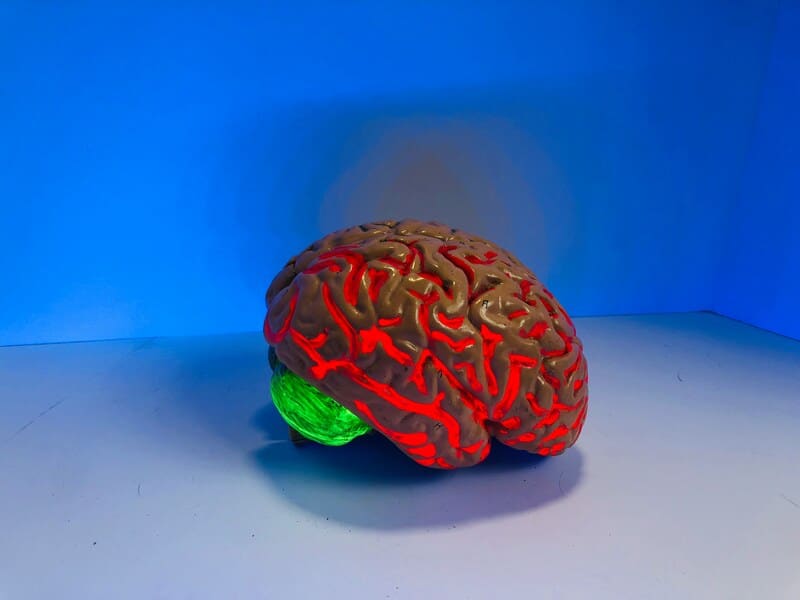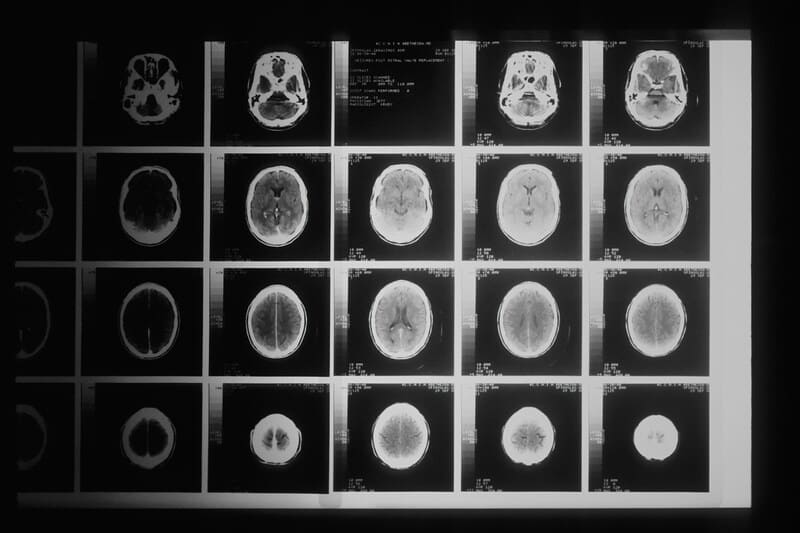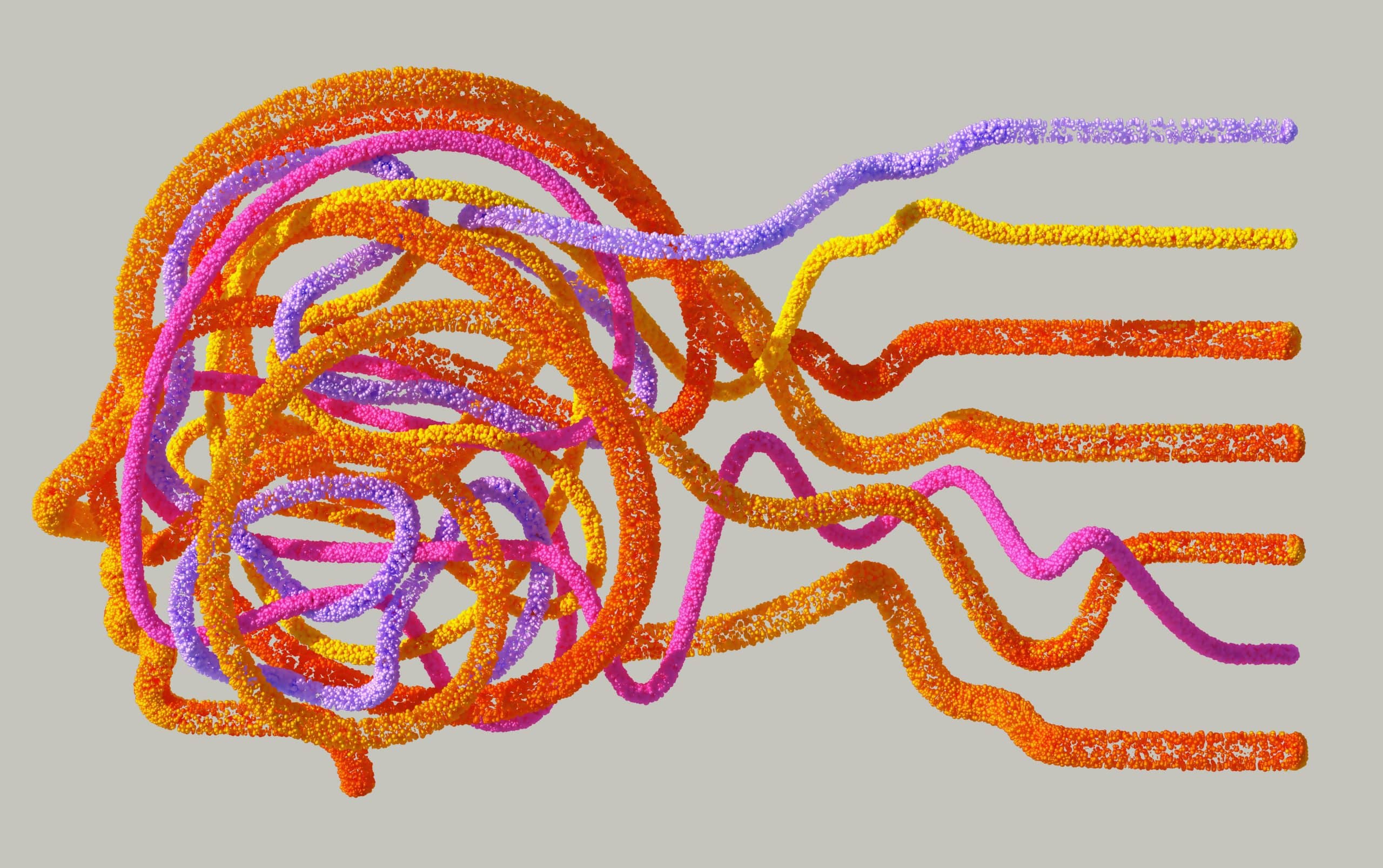If someone develops abnormal cell growth inside or near their brain, they may have a brain tumor. Not only can these tumors affect brain tissue directly, but they can also occur in other areas including the pituitary and pineal glands, nerves, or membranes surrounding the surface of the brain. What’s more? A person has various options to treat brain tumors depending on their size, type, and location.
Primary and Metastatic Brain Tumors
There are two specific types of brain tumors and they’re called primary brain tumors and secondary or metastatic brain tumors. While the primary type originates in the brain, the metastatic type is born from cancer or other diseases spreading from different parts of the body to the brain. Furthermore, primary brain tumors consist of various forms with each having its own characteristic. For instance, benign brain tumors are noncancerous and tend to grow gradually, eventually destroying surrounding brain tissue. In contrast, malignant tumors or brain cancers grow much faster, impacting and damaging brain tissue in the process.
Moreover, a person can have either small or large-sized brain tumors, but usually, they’re discovered early when they’re still small. The reason tumors are often caught early is because symptoms become noticeable right away. However, this doesn’t mean brain tumors cannot be detected when they’re bigger. If they develop in nonactive parts of someone’s brain, the individual may not notice any symptoms until the tumor increases in size significantly.
Types of Brain Tumors

Specific cells forming these abnormal growths may also determine the type of brain tumors people may get. To get a diagnosis, an individual participates in special lab tests performed on these abnormal cells to discover tumor types. First, gliomas are brain tumors that look like glial cells and support the brain’s nerve cells. Gliomas have various types including astrocytoma, ependymoma, glioblastoma, and oligodendroglioma. Although gliomas can be benign brain tumors, they can be malignant as a person is more likely to get glioblastoma since they’re most common.
On the other hand, choroid plexus tumors form in cells producing cerebrospinal fluid, which is located in the spinal cord and brain. These specific tumors may be benign or malignant and children are more likely to develop the malignant form of these tumors called choroid plexus carcinoma. Comparatively, embryonal tumors come from embryonal cells that remain after fetal development. This brain tumor mostly affects babies and younger children and its most common type is called medulloblastoma, which is located in the brain’s cerebellum.
Germ cell tumors arise from germ or reproductive cells that become eggs or sperm. Although this tumor impacts the testicles or ovaries, it can also appear around the pituitary or pineal glands in the brain. As another tumor commonly found in children, it tends to develop in the brain and is usually benign. Additionally, pineal tumors mostly impact the pineal gland, which produces melatonin in the brain. The malignant type, pineoblastoma, affects children as well. Contrastingly, meningiomas originate in the spinal cord and brain, impacting cell membranes. Typically benign, they risk becoming malignant, however, people are likely to develop this benign tumor the most.
The Tumor Grade
The tumor grade is how health professionals determine the type, size, speed, and locations of developed brain tumors. One major symptom of these tumors is persistent headaches that can occur at any time but usually in the morning and get worse over time. What’s more? A person with these headaches may describe their pain as coming from migraines or tension headaches.
Other common symptoms of brain tumors include vomiting, nausea, and various vision problems like double or blurry vision. It’s even likely for a person to lose their peripheral vision too. Someone with benign or noncancerous brain tumors may not notice any symptoms for months or years since symptoms develop slowly. In contrast, brain cancers or malignant brain tumors may produce symptoms at a rapid pace, with a person noticing changes after days or weeks.
Unique Symptoms of Brain Tumors
Brain tumors impacting the cerebrum, which is the brain’s main area, can bring about distinct symptoms depending on where they’re located. Tumors discovered in someone’s frontal lobes may cause balance issues, affecting their walking ability. Likewise, someone can undergo personality shifts by losing interest in hobbies or having memory problems. A person with parietal lobe tumors found in the brain’s upper area can impact their sensory functions, resulting in hearing or vision issues.
Occipital lobe tumors mostly impact the back part of the brain and primarily impact one’s eyesight, which may cause loss of vision entirely. Tumors on the side parts of someone’s brain, called the temporal lobes, impact memory the most. Due to temporal lobe tumors, a person may struggle with sensory issues such as tasting, smelling, or seeing things that aren’t in their surroundings. These sensory issues tend to indicate the presence of a brain tumor as people tend to view these sensations as either strange or unpleasant.
Causes and Risk Factors

Although the cause of brain tumors is unclear, researchers have identified certain risk factors. In particular, age is one key factor as brain tumors mostly affect older adults, even though anyone of any age can be impacted. Second, race can make someone susceptible to developing brain tumors as different races may be affected by specific types. For instance, white people are more likely to get gliomas, while it’s most common for black people to get meningiomas.
Another factor is ionizing radiation exposure, which affects a person’s DNA and possibly causes brain tumors. Cancer treatments including radiation treatment or specific environmental exposure like atomic bombs can increase one’s chances of developing abnormal cell growth. With that said, there’s not much evidence that low-level radiation exposure from cell phones or radio waves causes brain tumors to develop, however, research is still ongoing.
Lastly, inherited genetic syndromes such as both types of neurofibromatosis can increase one’s likelihood of brain tumor development. Other genetic conditions that could lead to brain tumors include Lynch, Cowden, Gorlin, and Li-Fraumeni syndrome, familial adenomatous polyposis, and Von Hippel-Lindau disease.
Final Thoughts
Unfortunately, preventing someone from developing brain tumors isn’t yet possible. Keep in mind, however, that a person who has a brain tumor didn’t get them from doing anything wrong. Yet, people who may be at risk may benefit from screening tests or consulting their healthcare provider. With this valuable information, they can limit their potential risk or seek proper treatment. Thankfully some states have dedicated facilities for brain tumors specifically. In New York, Mount Sanai has a very specific brain tumor program. Check your local area for resources if you are seeking treatment as well.
Disclaimer: This article is intended simply to provide information. It does not replace the medical advice of a physician or other medical professional. Please speak with your doctor or therapist if you have any questions or concerns.










